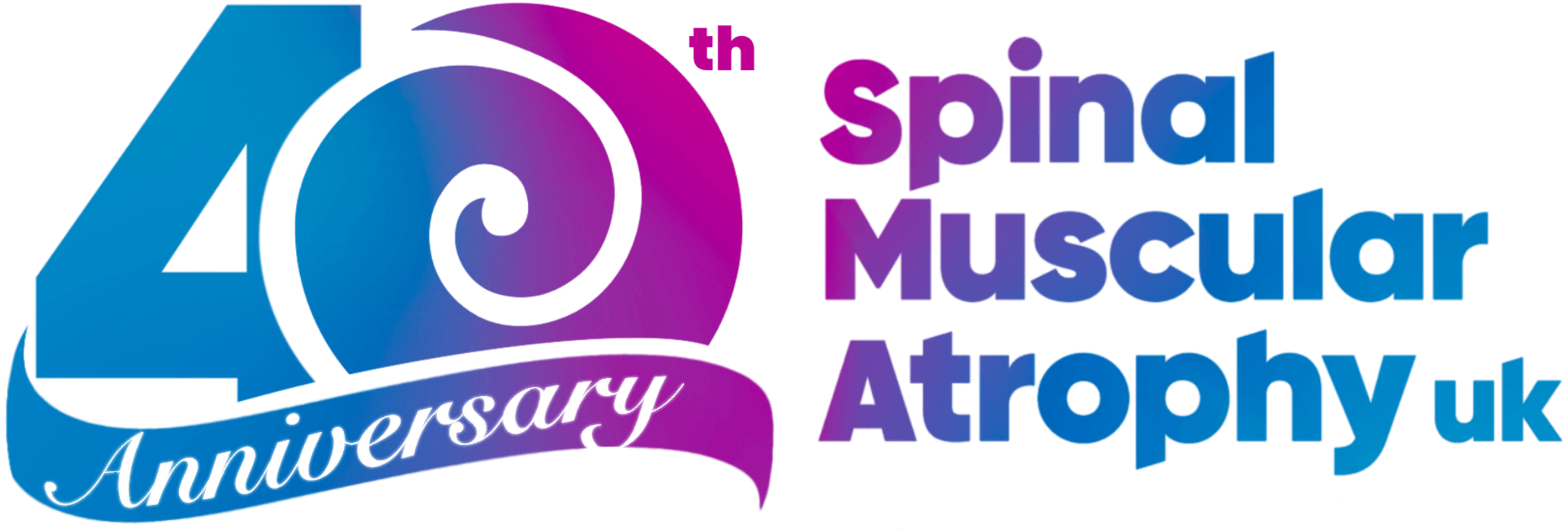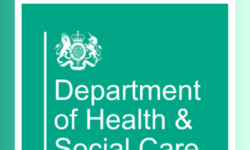We are pleased to announce the recent publication of the SMA MTA Assessment Report for Spinraza and Evrysdi produced by the Newcastle University Evidence Assessment Group (EAG) on behalf of NICE.
The report reviews all the submitted data from pharmaceutical companies, clinicians and patient groups for nusinersen (Spinraza) and risdiplam (Evrysdi). This EAG report is a significant improvement on the previous, rejected report.Patient perspectives are included, as well as a wider recognition of individual differences seen across the SMA spectrum.
This report is a crucial step in NICE’s ongoing process to move both Nusinersen and Risdiplam from their current Managed Access Agreements (MAAs) for England. Our primary aim remains steadfast: to secure full access to both these vital drugs for all individuals with SMA, regardless of type, age, or functional status.
SMA UK will be leading on a joint response from SMA patient groups. We will provide comprehensive feedback to the Evidence Assessment Group (EAG) and NICE, ensuring that the patient perspective is at the forefront of their deliberations.
We will continue to advocate tirelessly for the full licensing of both nusinersen and risdiplam for the entire SMA community. Our aim is to ensure that everyone living with SMA has the opportunity to benefit from these life-changing therapies.
Our response will be submitted by the deadline of 10th September, ahead of the committee meeting on 11th November.
Keep an eye out for further updates as we continue this work.
Read a summary of the report below or
Access the full report: EAG report
Understanding the Latest SMA MTA External Assessment Report: What You Need to Know
What the Report Says:
The report looks closely at how well nusinersen and risdiplam work and whether they offer good value for money for the NHS. The EAG attempts to compare the treatments to each other. They have found this difficult to do without ‘matched’ data from clinical trials and because of the many and varied differences in the SMA population.
Though data has been collected that measures big changes such as motor skills, the report acknowledges that there are not yet agreed ‘scientific’ ways to collect data about the many other vital impacts of treatment for people living with SMA . an important part of the report is its focus on what patients and families have experienced. It confirms that both nusinersen and risdiplam can help maintain or even improve important abilities like movement, swallowing, and breathing. For many in our community, keeping the abilities they have is just as important as gaining new ones – it means staying independent and living a fuller life.
What will SMA UK and our partner patient groups be saying about the report?
The Reality of “Best Supportive Care”:
For types 2 and 3 SMA, the report compares these treatments to “best supportive care” (BSC). This is basically managing symptoms with clinical therapies and interventions but without specific SMA drugs. The report fails to acknowledge that BSC isn’t a stable option. It usually means a steady decline in strength and function, leading to more health problems and sometimes a shorter life.
What’s more, it’s a harsh truth that even the recommended best supportive care isn’t always available to everyone across the UK, especially adults. Studies have shown that access to specialist care, breathing support, and other important services can vary a lot. This makes the need for effective drug treatments even more urgent, as supportive care alone isn’t always enough or even fully accessible.
Beyond Just Medical Costs:
The report also looks at the costs of SMA, but it mainly focuses on direct medical and social care expenses. It does acknowledge our belief that this misses a lot of the bigger picture. This is that treatments help people with SMA stay more independent, it saves money in many other ways that aren’t usually counted. These include:
- Home and Travel Adaptations: Less need for expensive changes to homes or vehicles to improve accessibility.
- School and Work Support: Reduced costs for special equipment and support that helps people continue their education and careers.
- Carer Support: Less financial strain on families when loved ones don’t have to give up work to provide full-time care.
- Specialised Equipment: A decrease in the need for very expensive wheelchairs and other assistive devices as the disease progresses.
By helping to prevent or slow down SMA progression, these treatments actually lead to huge savings across society, not just in healthcare. We will be emphasising this in our response.
Our Next Steps:
SMA UK, along with Treat SMA and MDUK, will be providing detailed feedback to the EAG and NICE. We will make sure they fully understand:
- How serious and fast the decline can be for SMA patients without treatment.
- The current problems with getting consistent supportive care across the UK.
- How problems with analysing complex data shouldn’t impact access to effective drugs.
- The wide range of costs that are saved when people receive effective treatment.
- Why it’s so important for patients to have a choice between nusinersen and risdiplam, so everyone can get the best possible care for their individual needs.
Our goal is to push for NICE to recommend that the NHS in England funds both nusinersen and risdiplam for the entire SMA community.
What do the pharmaceutical companies say?
Roche
Roche acknowledges and supports the efforts of NICE and the Evidence Assessment Group in engaging widely and transparently with both companies and the clinical, patient, and carer communities. It is encouraging to see the voices of those directly impacted by SMA being given weight in this complex appraisal by incorporating lived experiences into the review process through qualitative framework analyses.
It is clear the EAG recognise the clinical benefits associated with both medicines, but the report also highlights the challenges of evaluating disease modifying treatments (DMTs) for a rare disease, particularly where significant variation within the population exists. Methodological challenges still remain in quantifying the full impact of SMA and the associated treatment benefits, with some still uncaptured in the current economic model.
The report underscores the complexities and challenges associated with a managed access review for rare disease treatments – during which time the treatment landscape has evolved from no NHS commissioned therapies to three DMTs available in England for patients. With very few patients actively choosing best supportive care (BSC), the standard of care has now changed, reinforcing the need for broad, sustainable access to all DMTs, whilst maintaining patient choice.
Roche remains committed to engaging constructively with NICE, the Evidence Assessment Group, patient advocacy groups and other stakeholders throughout the Multi Technology Appraisal (MTA) as this process advances to ensure a positive outcome, as every person with SMA deserves the right to access their choice of DMT.
Biogen
Biogen welcomes the new EAG report — it is encouraging to see that the EAG has actively engaged with the Spinal Muscular Atrophy (SMA) community to build a greater understanding of SMA and it is positive that the report recognises the clinical effectiveness of the medicines.
This detailed report demonstrates the complexity of a multiple technology appraisal for a rare disease like SMA. We believe offering a range of treatment options is essential to ensure that individuals with SMA have the best possible chance of improving their quality of life.[i] With more options, people with SMA are more likely to find the treatment that can lead to better outcomes for them.
Biogen will be responding to the EAG consultation and preparing for the first committee meeting in November. We remain committed to collaboratively and constructively working with NICE and NHS England to find a solution that enables broad access to treatment for patients.
EAG, External Assessment Group; NHS, National Health Service; NICE, National Institute for Health and Care Excellence; SMA, spinal muscular atrophy.
[1] NHS, Spinal muscular atrophy (SMA)



